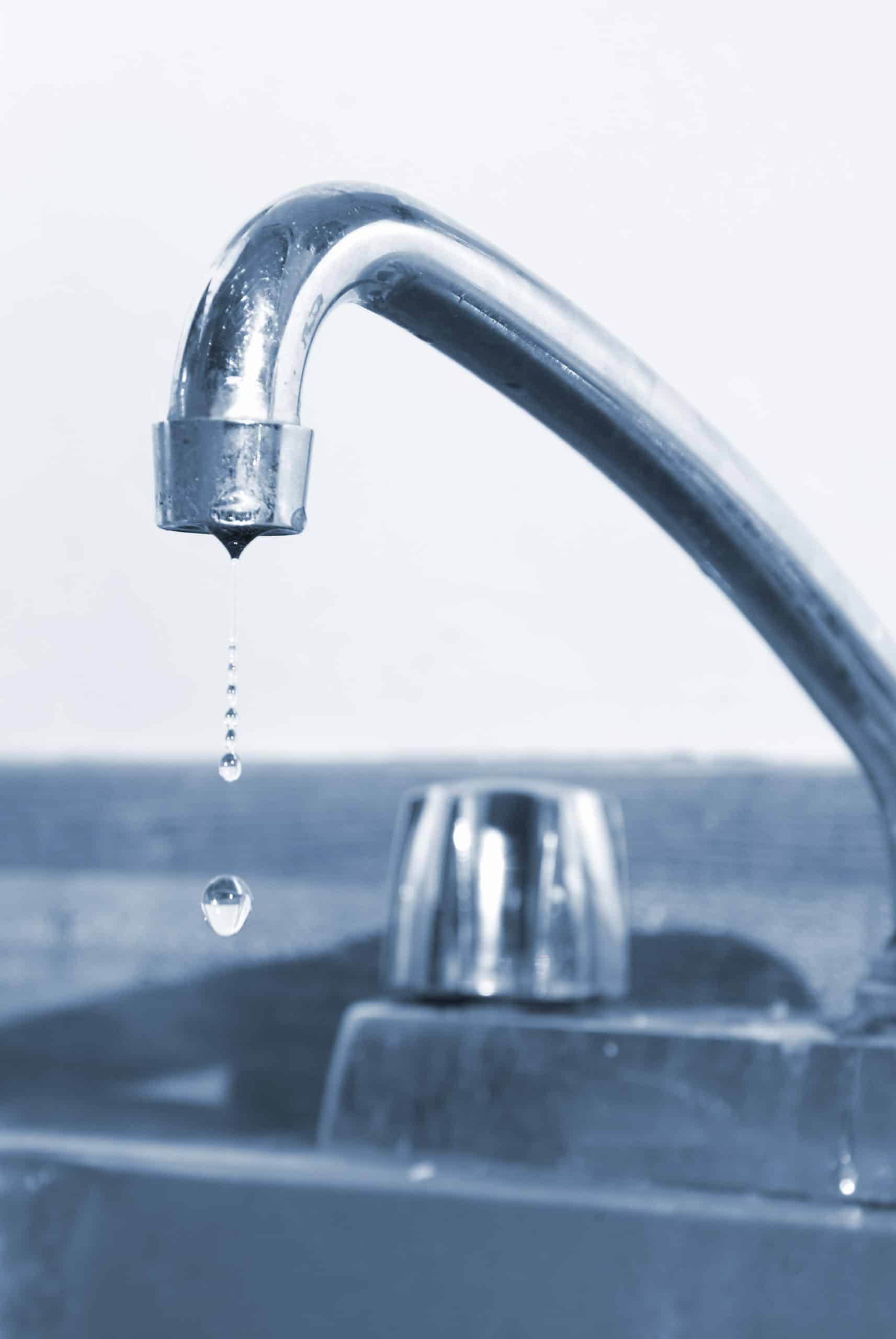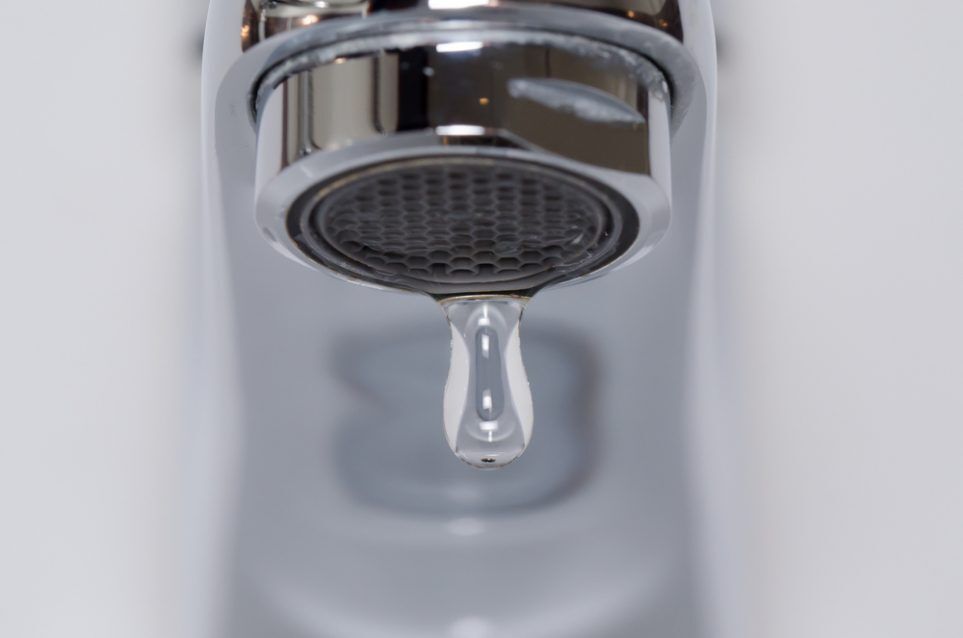The Advantages of Dealing with a Malfunctioning Faucet
The Advantages of Dealing with a Malfunctioning Faucet
Blog Article
We have discovered this post involving Why Are My Faucets Dripping (And Can I Fix It Myself)? directly below on the web and think it made good sense to discuss it with you over here.

Leaking faucets could look like a minor aggravation, however their influence exceeds just the annoyance of the audio. From wasting water to sustaining unneeded financial prices and health risks, ignoring a dripping faucet can lead to numerous consequences. In this short article, we'll delve into why it's essential to address this usual family issue promptly and effectively.
Waste of Water
Ecological Impact
Trickling taps add considerably to water wastefulness. According to the Environmental Protection Agency (EPA), a solitary tap dripping at one drip per second can waste more than 3,000 gallons of water per year. This not just strains water resources but likewise affects communities and wildlife depending on them.
Step-by-Step Overview to Fixing a Dripping Faucet
Tools Called for
Prior to trying to take care of a leaking faucet, collect the needed devices, including an adjustable wrench, screwdrivers, substitute parts (such as washing machines or cartridges), and plumber's tape.
Common Tap Issues and Their Solutions
Recognize the kind of tap and the certain concern causing the drip. Usual problems consist of worn-out washers, corroded valve seats, or faulty O-rings. Describe producer guidelines or on-line tutorials for step-by-step assistance on fixings.
Financial Costs
Raised Water Costs
Beyond the ecological effect, trickling taps can inflate water costs significantly. The accumulated wastefulness over time equates right into higher utility expenses, which can have been prevented with prompt repair work.
Possible Residential Or Commercial Property Damages
Additionally, long term trickling can lead to harm to components and surfaces bordering the tap. Water buildup can cause staining, rust, and also architectural problems if left neglected, resulting in additional repair work expenses.
Health and wellness Issues
Mold And Mildew and Mildew Development
The constant visibility of dampness from a dripping faucet creates a suitable environment for mold and mold growth. These fungi not just jeopardize interior air high quality but additionally present wellness threats, particularly for individuals with respiratory conditions or allergies.
Waterborne Illness
Stagnant water in leaking taps can become a breeding place for microorganisms and various other virus, increasing the risk of waterborne diseases. Pollutants such as Legionella germs flourish in stagnant water, potentially causing major health problems when ingested or inhaled.
DIY vs. Professional Repair
Advantages and disadvantages of Do It Yourself Repair Service
While some might try to take care of a dripping tap themselves, DIY repairs feature their very own set of obstacles. Without appropriate expertise and devices, DIY attempts can aggravate the problem or cause insufficient fixings, prolonging the issue.
Advantages of Employing an Expert Plumber
Employing an expert plumber guarantees that the underlying root cause of the trickling faucet is resolved effectively. Plumbers possess the expertise and devices to diagnose and repair faucet problems successfully, conserving time and minimizing the risk of further damages.
Environmental Obligation
Individual Contribution to Preservation
Taking responsibility for dealing with dripping faucets aligns with broader efforts toward water conservation and ecological sustainability. Every person's activities jointly make a substantial influence on preserving valuable resources.
Sustainable Living Practices
By prioritizing prompt repair work and adopting water-saving practices, individuals contribute to lasting living practices that profit both existing and future generations.
Safety nets
Routine Maintenance Tips
To avoid dripping faucets, perform regular upkeep such as cleaning up aerators, checking for leaks, and replacing worn-out parts without delay. In addition, think about setting up water-saving devices or upgrading to extra reliable fixtures.
Significance of Prompt Repairs
Addressing trickling taps as soon as they're noticed protects against additional water waste and potential damages, ultimately conserving both water and cash over time.
Impact on Property Worth
Understanding of Well-Maintained Home
Maintaining a property in good condition, including addressing upkeep issues like trickling faucets, boosts its perceived worth and value amongst potential customers or renters.
Impact on Resale Value
Qualities with well-maintained plumbing components, including faucets, command greater resale values in the property market. Resolving dripping taps can add to a positive perception throughout residential property inspections and settlements.
Verdict
Dealing with a leaking tap goes beyond simple ease; it's a vital action towards conserving water, minimizing economic expenses, and guarding health and home. Whether via DIY repair work or specialist aid, taking action to repair leaking taps is a little yet impactful means to advertise liable stewardship of sources and contribute to a much healthier, a lot more sustainable future.
How to Fix a Leaky Faucet: Step-by-Step Repair Guide
A leaky faucet may seem like a simple annoyance, but if it's not fixed promptly, that leak could cost hundreds to potentially thousands. From water damage to mold, mildew, and high water bills, even a tiny leak can be catastrophic if left unattended. Damage like this can even affect the overall value of your home, so it's important to take the right approach for leaky faucet repair. You may need the help of a plumber in some cases, but we've got a few tips you can try on how to fix a leaky faucet before calling the pros.
Four Faucet Types
When you're learning how to fix a leaky faucet, the first step is knowing what kind of faucet you're working with! There are four common types.
Cartridge Faucets
Cartridge faucets come in one- or two-handled varieties. In one-handled cartridge faucets, hot and cold water combines in a single cartridge. In the two-handled versions, hot and cold water are controlled separately and mixed in the faucet.
Ball Faucets
Ball faucets have a single lever you push up and down to adjust the pressure and rotate to change the temperature. A slotted metal ball controls the amount of water allowed into the spout.
Compression Washer Faucets
They're the oldest type of faucet, but they're still used in many homes — especially older ones. Compression faucets have two separate handles that, when turned, raise or lower the washer that seals a water valve. This valve stops water from flowing through the faucet when it is turned off.
Disc Faucets
Disc faucets rarely need to be repaired due to their maintenance-free design. The water flow is controlled by two discs — the upper one raises and lowers against a fixed lower disc, creating a watertight seal. If your disc faucet starts leaking, you may need to replace the seals or clean residue buildup from the inlets.
Fixing a Leaky Faucet
Step 1: Turn Off the Water
Whether you're learning how to fix a leaky bathtub faucet or how to fix a leaky kitchen faucet, always turn off the water supply to your working area when you're fixing a leak. The last thing you want is a flood added to your list of things to fix.
Look for the shutoff valves below your sink or around the tub and turn them clockwise to stop the water flow. If your faucet doesn't have shutoff valves, you may need to turn off the water for the whole house. Check to make sure it's off by turning the faucet on. If nothing comes out, you're ready to start the repair.
Step 2: Take Apart the Faucet
How you disassemble your faucet depends on the type of fixture you have. You can use a flathead screwdriver to remove the caps on top of the handle or handles for cartridge and compression faucets. Inside, you should see handle screws. Unscrew these with a screwdriver to remove the handle.
Disc- and ball-style faucets will typically have an inlet screw near the handle, and removing that will reveal the interior of the faucet.
Detach the Valve Stem
For cartridge- and compression-style faucets, you'll see the inner valve stem or cartridge once you remove the faucet handles. If you have a compression faucet, unscrew the brass valve stem. If you have a cartridge faucet, pull out the cartridge. If your cartridge has been in place for a while, it may require some tools or extra force to remove it due to mineral deposits.
Examine and Replace Parts
Once you've removed the parts, check them out to confirm what needs to be replaced. You may see corroded rubber washers, O-rings, stems, or cartridges. On a ball-style faucet, check the seats and springs for damage.
If you need to repair a leaky disc faucet, check the inlet and seals on the lower disc.
Once you determine what parts must be replaced, visit your local hardware store. Bring the damaged parts with you to ensure you can purchase the correct components to replace them.
Clean Valves and Faucet Cavity
If you've removed a stem or cartridge, you may notice mineral buildup in the faucet's threads. Use white vinegar to clean the valve seat by soaking it for a few minutes, then scrub it away with a soft toothbrush and rinse with warm water. You can also clean the interior of the faucet in the same way.
Reassemble the Faucet
Once your faucet is cleaned and the required parts have been replaced, it's time to reassemble it. Put the pieces back together and slowly turn the water supply back on. Doing this slowly is crucial because too much initial water pressure can damage the new hardware you've just installed.
https://homewarranty.firstam.com/blog/how-to-fix-leaky-faucet

Hopefully you enjoyed our section about What Causes Leaky Faucets & How To Fix Them. Thanks so much for taking a few minutes to read through our article. Remember to take the time to share this blog if you appreciated it. I thank you for your readership.
Report this page